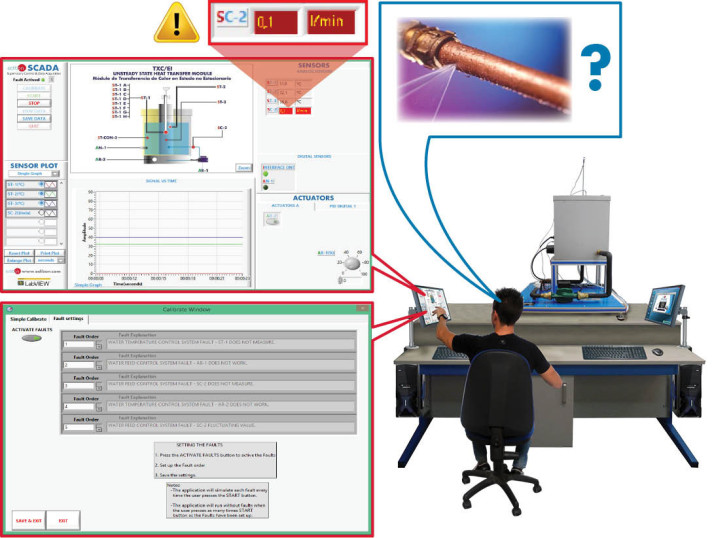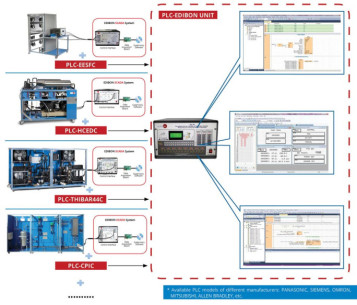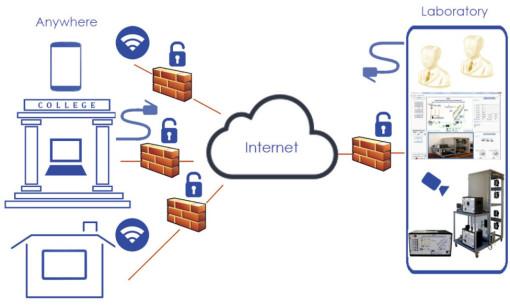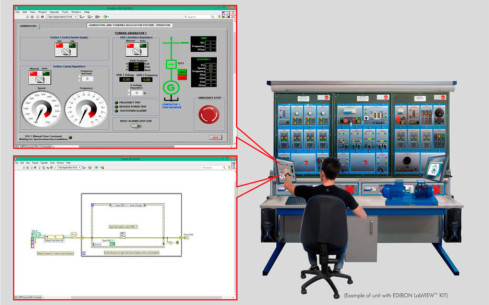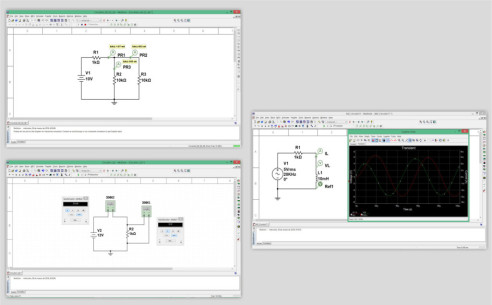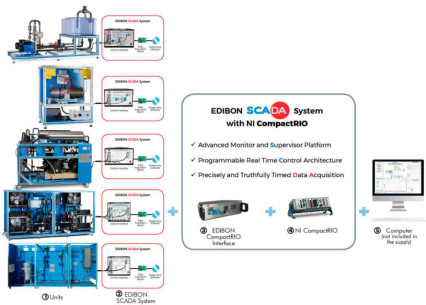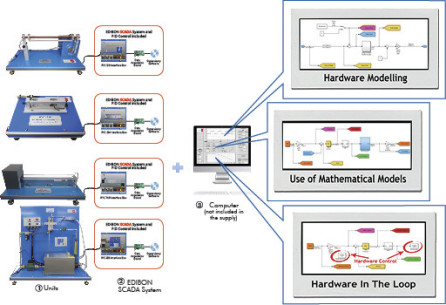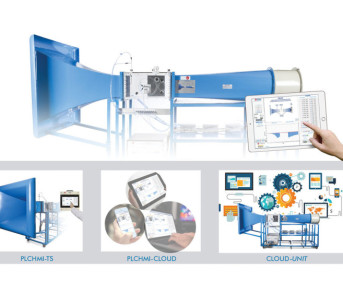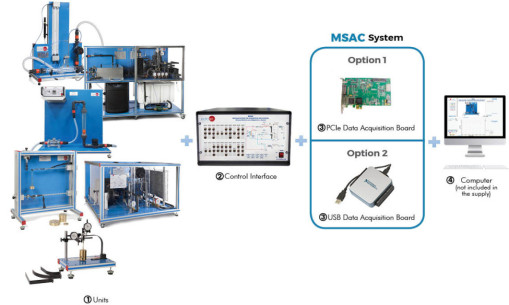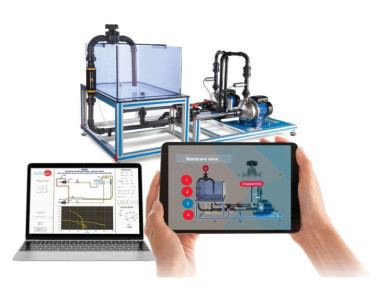Faults Simulation System (FSS) enables to safely reproduce signs of faults in the processes carried out by EDIBON teaching equipment. ,These faults are simulated, since the detected anomalies, indicating such faults, have been previously programmed and they only take place fictitiously. Therefore, real equipment is not damaged at any time.
The teaching objectives, of this teaching technique are as follows:
1. The identification of anomalies or signs of the faults detected in software.
2. The diagnosis of potential faults that may be causing the aforementioned anomalies.
3. The development of the appropriate corrective actions for the potential faults that have been diagnosed.
Therefore, this tool has a high teaching potential to train highly qualified professionals, with the ability to monitor and to keep real industrial processes operating as efficiently as possible.
 Cookies首选项
Cookies首选项

